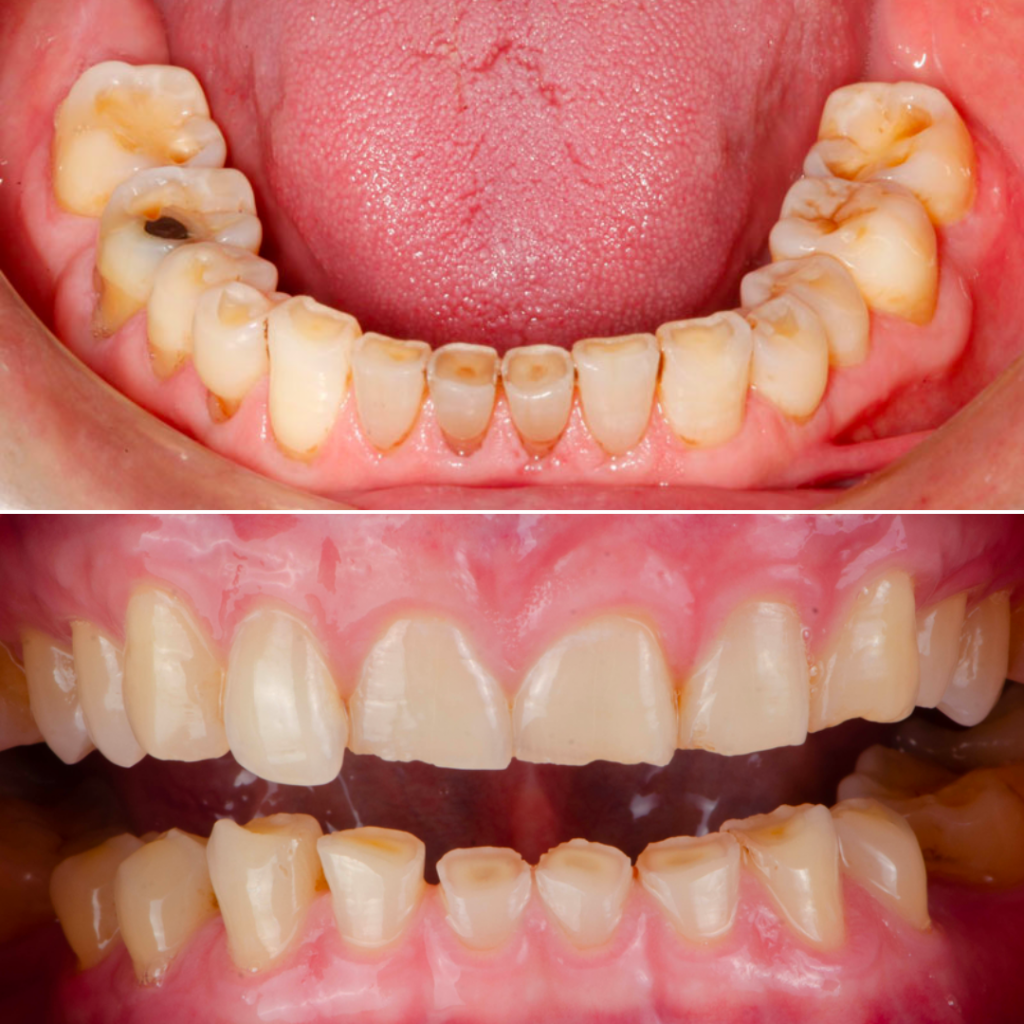Diagnosis
CUSTOMIZED TREATMENTS
Most people are unaware that they are grinding or clenching their teeth. There are several telltale signs. Jaw pain or tenderness, headaches, earaches, neck pain and facial muscle pain are common signs of moderate to severe bruxism.
Others may notice that their teeth have become more sensitive over time, or that their teeth look flat or worn down. Other physical signs include increased sensitivity of the teeth to hot or cold foods or drinks, and loose or broken fillings.
The dentist or dental hygienist is the first one who, upon seeing the wear of your teeth, informs you that you suffer from bruxism.
Other signs are: pain in the facial muscles, headaches, neck pain and earaches.

- Early diagnosis: Detecting bruxism early is crucial to correct the condition and prevent further damage.
- Improved health: Early diagnosis and proper treatment can significantly improve the patient’s dental health.
- Prevention: Treating bruxism prevents major problems such as tooth wear and other oral complications.
